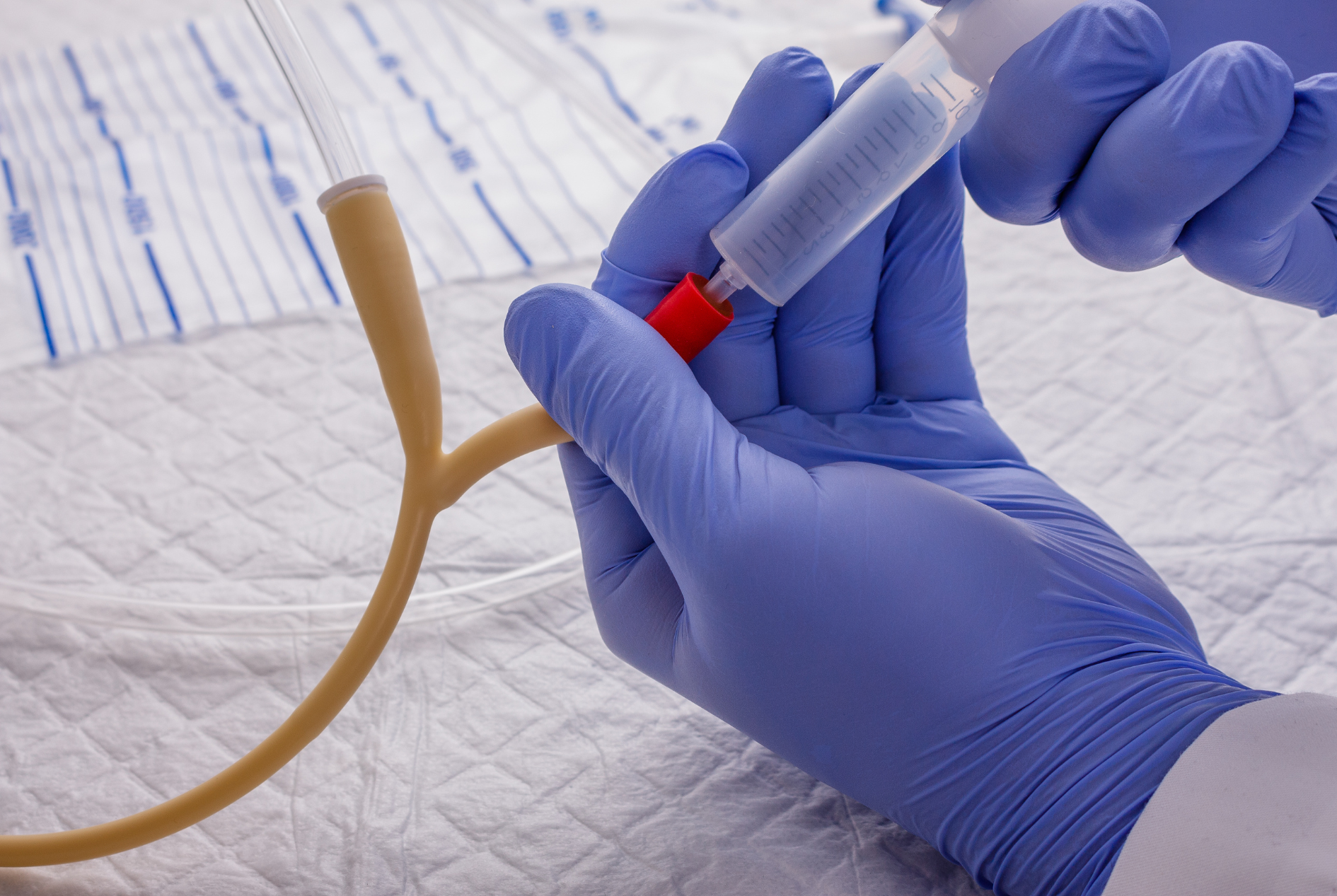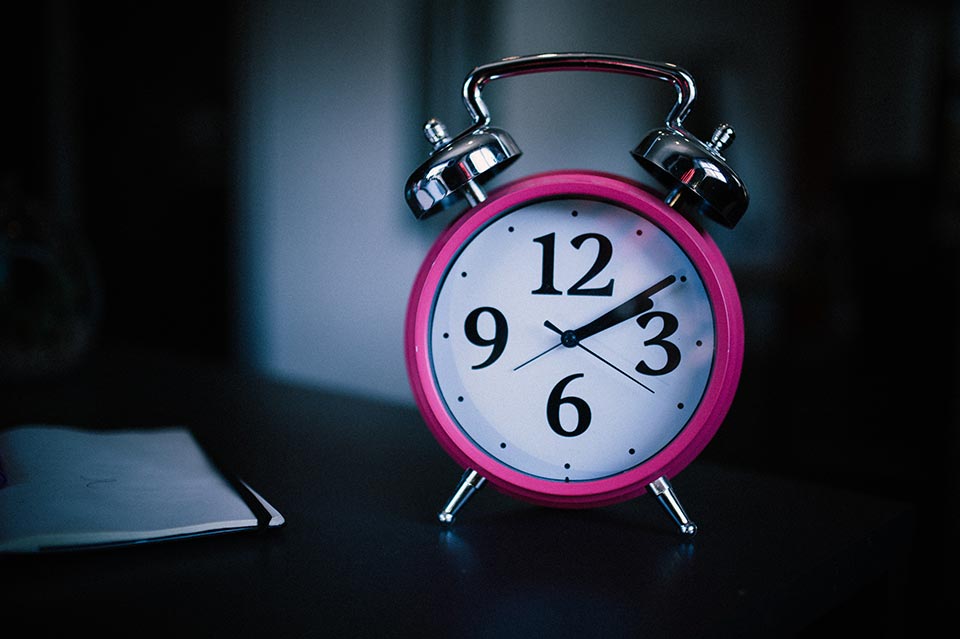Biofeedback therapy is a conservative treatment option used to help strengthen the muscles involved in controlling bladder and bowel control functions. It is a technique which uses sensors which detect when the right muscles are engaged when performing exercises where the muscles are difficult to isolate, such as pelvic floor exercises. Biofeedback training can help you learn which muscles to use, when to use them and how hard to contract them to prevent leakage.
What is Biofeedback?
If you have recently visited your doctor with troubling symptoms such as faecal incontinence and/or constipation, you may be offered biofeedback therapy. It may be that the muscles that control the opening of your bowels are weak or are not coordinating properly. Biofeedback aims to retrain and strengthen the muscles via pressure sensors and regular exercises to improve symptoms of bladder/bowel conditions.
Biofeedback can be used to treat conditions such as urinary incontinence, IBS, or faecal incontinence. The procedure uses a probe – inserted into the vagina or rectum – which helps to measure the effectiveness of the muscle movements whilst you perform actions such as coughing, pushing, and squeezing. This live feedback can then enable the patient to improve the way they perform strengthening exercises to make them more effective.
The procedure is non-invasive with low-risk of complications and often tried before considering surgical procedures. This makes it a good option for people who need to strengthen the pelvic floor muscle or anal sphincter if they are unable to do so independently. Because these muscles are located at the base of the pelvis, they can be difficult to locate and the relevant exercises take practice and concentration.

How does Biofeedback work?
There are several types of biofeedback therapy, but one is where a probe is inserted into the vagina (for women) or back passage (for men). The pressure exerted onto the probe when you squeeze your muscles, as if you were trying to avoid passing water, will be displayed on a computer screen.
This form of biofeedback used to help incontinence is called electromyography (EMG). For men and women the process used is either Anal Sphincter Electromyography or Vaginal Electromyography respectively. Depending on your gender or physiology your continence therapist will help to ensure the right process is used for you.
Your physiotherapist or specialist nurse will instruct you how and when you have to squeeze your muscles to provide effective control over your bladder. You will be able to practise using the screen as a guide first and then the screen will be hidden from view so that you have to rely on yourself. This will help you build confidence in doing the exercises at home. Each session will last around 30-45 minutes, and you’ll be given exercises to do at home in between appointments.
The number of appointments you have will be agreed in advance. Over time, you should gain more coordination and control over your sphincter and pelvic floor muscles. The strength of these muscles will also be improved as you are exercising them during your biofeedback programme. You will be assessed at intervals to measure progress.
Another form of biofeedback is the use of real-time ultrasound scanning. This is known as Rehabilitative ultrasound imaging (RUSI) and may be used to help treat stress urinary incontinence. A probe is placed on your perineum and a picture of your pelvic organs is seen on a screen.
As you squeeze your pelvic floor muscles you are able to see what happens around your bladder and bowel. Your physiotherapist or specialist nurse will be able to correct how you squeeze your muscles once they have seen them working on the screen. Unfortunately this type of biofeedback is only available in specialist centres at the moment.
Is Biofeedback an effective treatment for incontinence?
As a conservative therapy, the effectiveness of biofeedback for incontinence depends on how well the patient responds to the advice and exercises. Gains must be measured on an individual basis, using a baseline which is specific to the patient in order to measure improved muscle control.
Studies show that the therapy can be effective in women with lower than healthy pelvic floor control. One piece of research carried out found that before carrying out pelvic floor exercises with the help of EMG the incontinent women in the study that had lower values than healthy, had made improvements and after training their values exceeded those for healthy women.
According to NHS Gloucester, 9 out of 10 people find their personal and social lives are greatly improved due to no longer being controlled by their bowel habit. The remaining 1 out of 10 people reported that they have a better understanding of how and why their bowels work as they do.
The National Institute for Health and Care Research (NIHR) has, however, found no evidence that Biofeedback therapy is effective in treating urinary incontinence in women following a research carried out by scientists at Glasgow Caledonian University – they found that EMG did not enhance the effectiveness of Pelvic Floor exercises on their own.
According to NICE, the use of relaxation and biofeedback to treat IBS symptoms such as faecal incontinence suggest positive benefits, and maintain that it may be offered as a specialist treatment.
Further Information
Healthcare professionals will usually encourage you to follow a diet that is balanced, with sufficient daily fluids for your size, before suggesting therapy such as biofeedback.
If you are concerned about your pelvic floor or anal sphincter strength, speak to your GP or healthcare professional to begin with, who will be able to offer support based on your medical condition and history. If needed, you would then be referred to a continence specialist. Biofeedback will not be suitable for all patients (such as those with spinal disease/injury) so there may be alternative solutions which will suit you better.
Find out about other treatments that may be available to you.









